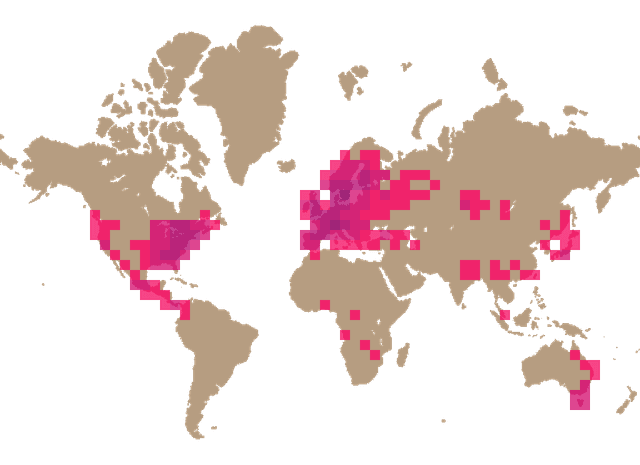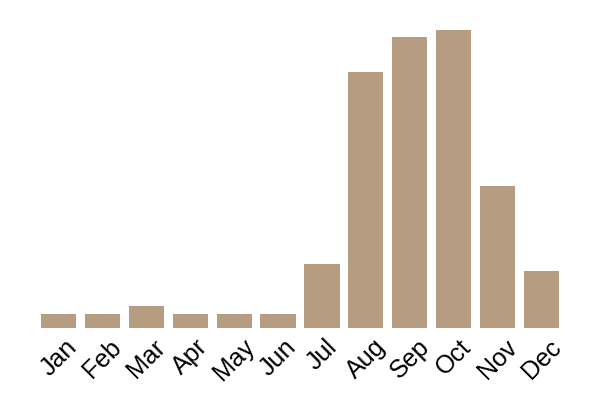Underappreciated but excellent edible mushroom. It predominantly grows in deciduous forests across Europe and North America, typically fruiting in autumn. Due to its dark color, it can be challenging to spot among fallen, darkening leaves.
The fruiting body is funnel- or trumpet-shaped (hence its common names), reaching up to 10 cm (4 inches) in height, occasionally up to 15 cm (6 inches). The cap blends smoothly into the stem, making the division between them indistinct.
The cap ranges from 2 to 9 cm (0.8 to 3.5 inches) in diameter, with rolled-out, uneven edges. As the mushroom ages, the edges become more irregular, thin, and brittle, sometimes cracking. The color varies from yellowish and grayish-brown to black, and the surface is rarely smooth, often wrinkled and sometimes scaly.
The gills are barely noticeable. The hymenophore is nearly smooth or slightly wrinkled, with striations. It has a matte or waxy texture and is typically lighter than the cap, with a bluish-gray, ashy tint.
The hollow stem tapers slightly towards the base and may be curved. Its surface is similar to the hymenophore but may be less waxy and without the pronounced bluish-gray hue.
The flesh is thin, fragile, fibrous, and ranges in color from gray to brown or black.
In groups or clusters.
Spore print is white, creamy, yellowish-white, sometimes pinkish
It predominantly grows in deciduous forests, usually near beech or oak trees, but can also be found under other trees and in coniferous forests.
Mild, pleasant, but not particularly distinctive.
- Foraging for mushrooms and other wild foods in the UK (2024) Wild Food UK. Available at: https://www.wildfooduk.com/ (Accessed: 26 June 2024).
- Hard, M.E. (2010) The mushroom, edible and otherwise its habitat and its time of growth. To be supplied: Project Gutenberg.
- Jordan, P. (2012) The Mushroom Guide and Identifier: The Ultimate Guide to identifying, picking and using mushrooms. Leicestershire: Hermes House, an imprint of Anness Publishing Ltd.
- McKnight, K.H. and McKnight, V.B. (1987) A field guide to Mushrooms of North America. Boston: Houghton Mifflin.
- Your 2,300-page wildlife window on the World Wide Web (no date) Wildflowers, wild orchids, fungi, wildlife; nature books, reserves. Available at: https://www.first-nature.com/index.php (Accessed: 26 June 2024).

